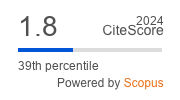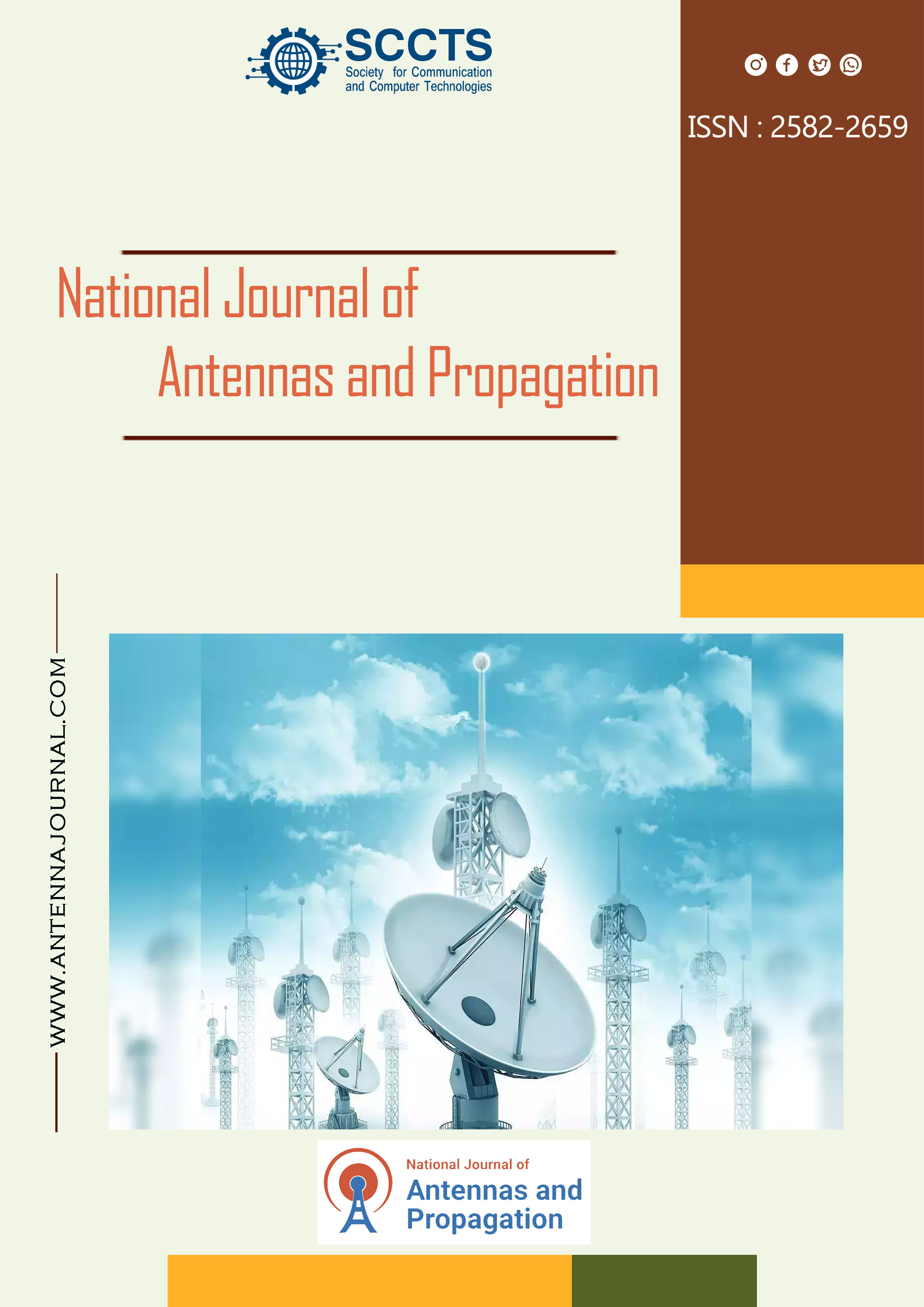System Architecture and Performance Analysis of VoIP-Based Communication Tools for English Language Skill Development in Classrooms
DOI:
https://doi.org/10.31838/NJAP/07.01.18Keywords:
VoIP, Internet Telephony, English Speaking, Language Learning, Classrooms, Communication Tools, Educational TechnologyAbstract
Due to the big size of traditional classes and not much real-life exchange, opportunities to talk in English are restricted. Tools like Skype and Zoom based on VoIP allow users to have real-time chats with fluent or native speakers, helping them improve their fluency, confidence and listening skills. Here, the connection between Voice over IP (VoIP) and wireless antennas is explored in relation to language learning in remote and restricted education facilities. HFSS was used to design directional antennas optimizing their gain, beamwidth and resistance for good results at 2.4 GHz. Also, simulations for RF propagation in a standard 7×7 m classroom used the ITU Indoor Path Loss Model, generating predictable SNR results confirmed by RSSI measurements. Study results revealed that strong RF network architecture was connected to good VoIP sound quality. Bringing telecommunication technology into educational models provides everyone with a chance to study and practice languages without a technology gap. The approach helps children acquire English pronunciation, builds digital abilities and supports cultural interactions for a wide range of students.











